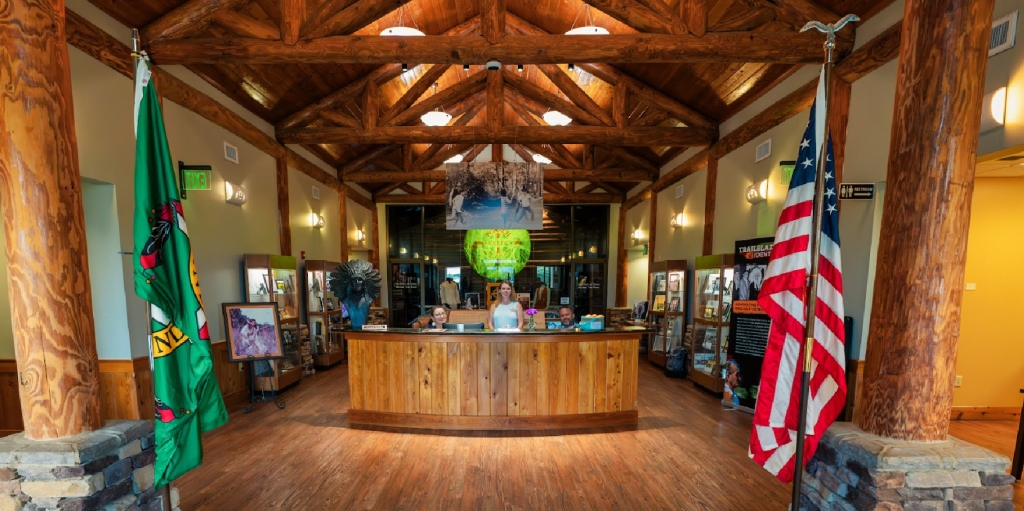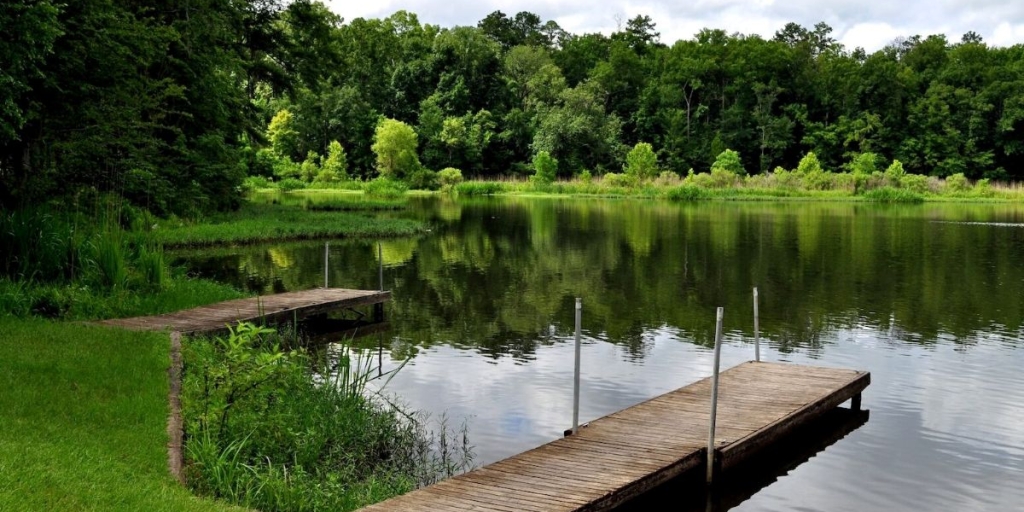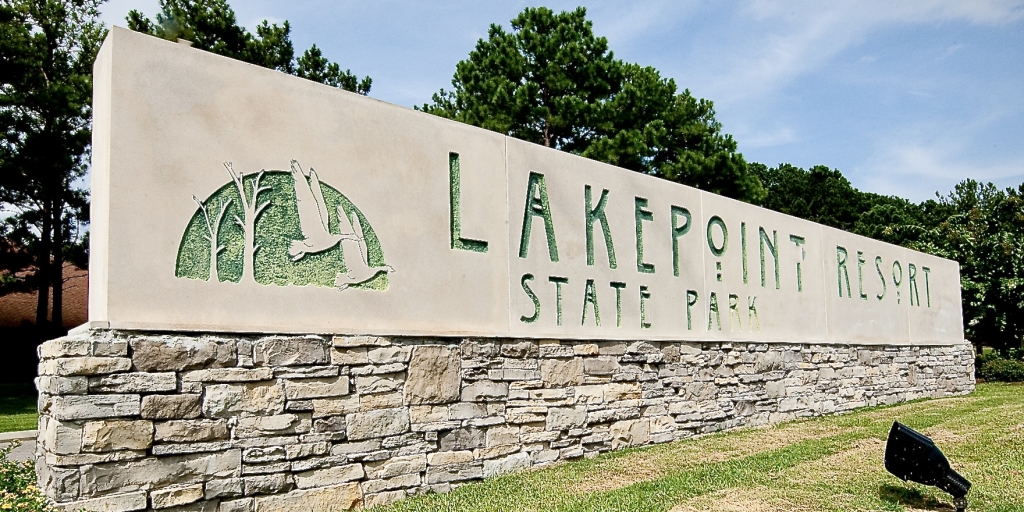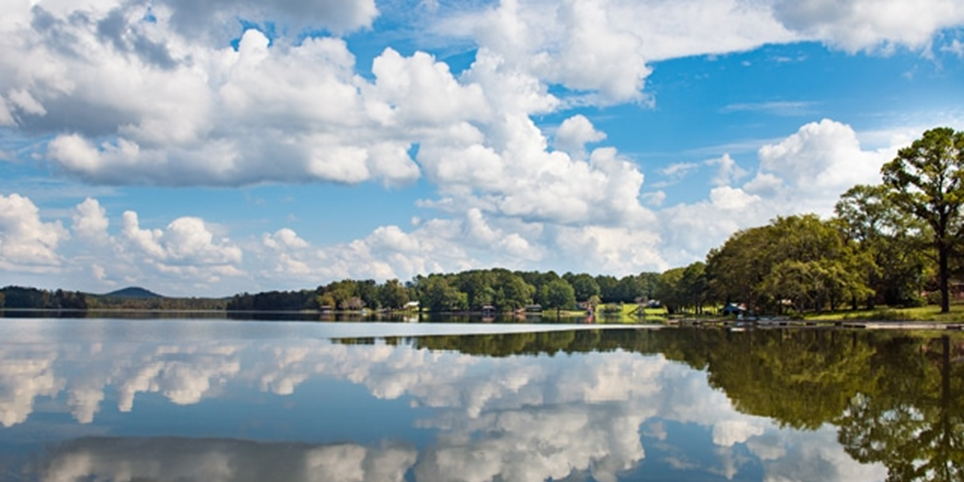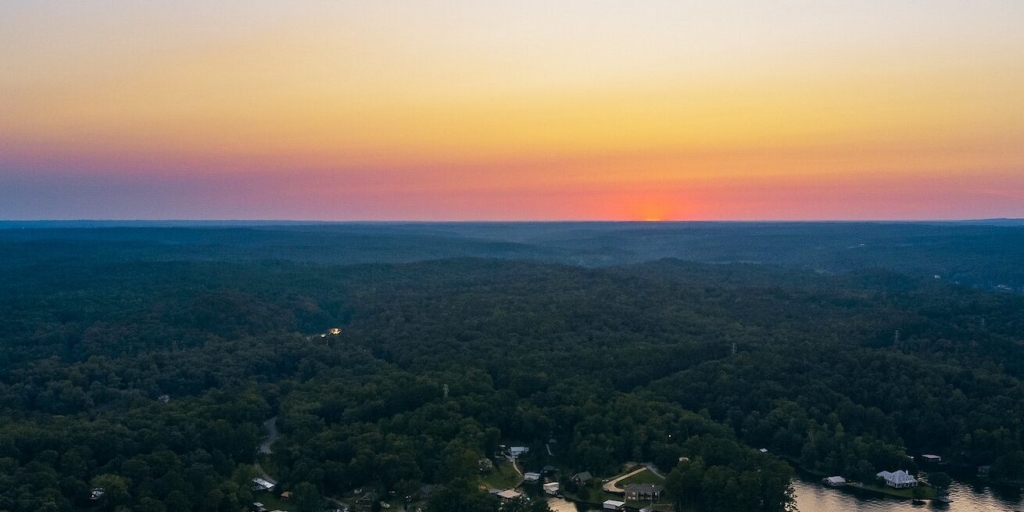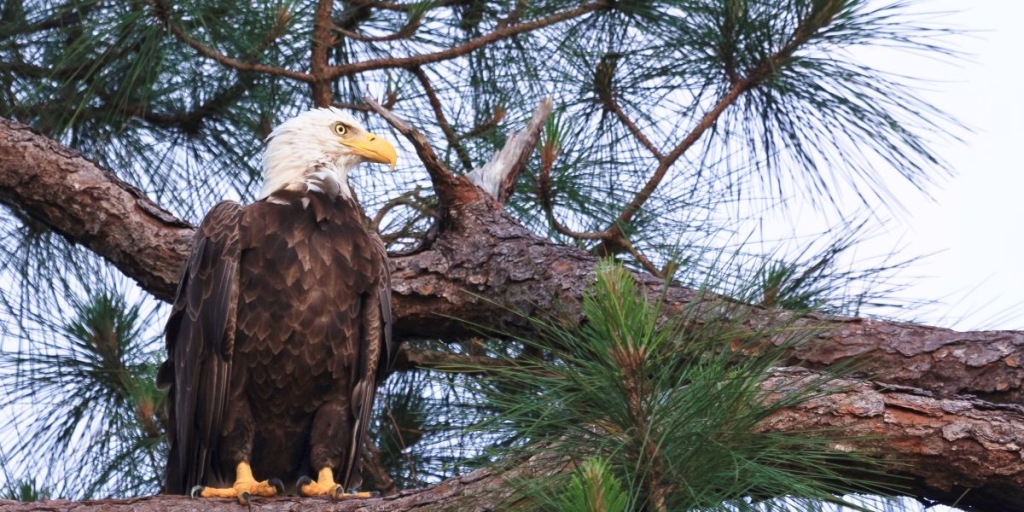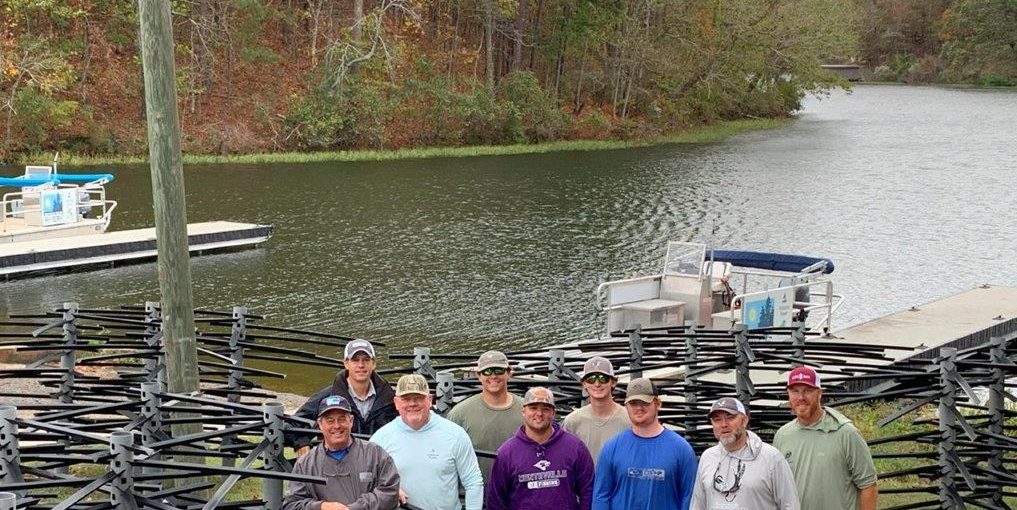The red-cockaded woodpecker is making a slow but steady comeback at a site near Lake Mitchell.
On a remote hill along the shore of Lake Mitchell, a spring ritual is underway once again.
It’s nesting time for the federally endangered red-cockaded woodpecker. And this spot, dotted with longleaf pines, is one of a few privately held sites in central Alabama with a small but growing population of the rare birds.
For years, Alabama Power biologists and foresters have worked with federal officials to nurture and improve this important habitat, with the goal of helping expand the woodpeckers’ numbers.
On a brisk but sunny April afternoon, Chad Fitch, an environmental specialist at Alabama Power, makes his way through the longleaf forest above the lake, taking stock.
Using a wireless camera strapped to a long pole, Fitch peeks into the woodpeckers’ nesting cavities, carved into the pines, about 22 feet up. He’s checking to see which ones are already occupied by the rare birds, and which ones may have been commandeered by predators or squatters, such as flying squirrels, or gray rat snakes. Smacking or scraping the tree’s trunk with a large branch or rock can help scare off the unwanted animals.
Fitch is particularly interested in nine, new artificial cavities that were added to the site earlier this year. To help increase the woodpecker population, bird conservation experts in recent years have taken to installing artificial cavities – basically tiny birdhouses inserted into mature pines – to encourage more breeding. It can take six months to a year and a half for woodpeckers to carve natural breeding cavities into the trees’ soft wood.
“I’m optimistic,” Fitch remarked. The nine new artificial cavities are in good shape, including four installed in a new “recruitment area” – a section of the 1,779-acre site that has been newly prepared to make it more conducive for woodpeckers to find and occupy.
The survival of the red-cockaded woodpecker is dependent on open, longleaf pine habitat. At one time longleaf forests blanketed more than 90 million acres, from Virginia to Texas. But extensive timbering, starting in the mid-19th century, plus decades of commercial and residential development and fire suppression have left only a fraction of the original longleaf forests intact. And with the decline of the forest, so went the woodpecker.
Over the past 20 years, however, a broad coalition of public and private partners has been working to re-establish healthy longleaf pine habitat and secure the future of the red-cockaded woodpecker. And real progress has been achieved.
According to a just-released report by the U.S. Natural Resources Conservation Service (NRCS), over the past 10 years the amount of healthy longleaf forest in the Southeast has grown – from a historic low of about 3.4 million acres to 4.7 million acres. And with that growth, the number of red-cockaded woodpeckers also has grown.
At the time the woodpecker was first listed as a federally endangered species, in 1970, only around 10,000 were still known to exist in the United States – down from an original estimated population of between 900,000 and 1.5 million. Today, the number is more than 14,000.
The work at Lake Mitchell represents a small portion of that progress.
Team effort to track, assist unique woodpeckers in Alabama from Alabama NewsCenter on Vimeo.
For years, Alabama Power has cared for and improved this small section of longleaf pine forest. The care includes periodic, controlled burns to clear off undergrowth and encourage native grasses and wildflowers. A healthy longleaf forest more closely resembles a sun-dappled savannah, with widely dispersed, mature trees, rather than a densely packed pine plantation. It is also a habitat bursting with a diversity of plants and animals. According to the NRCS report, healthy longleaf forests support an estimated 900 plant species, 100 bird species, 36 mammal species and 170 species of reptiles and amphibians.
Alabama Power and parent Southern Company also have partnered with the National Fish and Wildlife Foundation (NFWF) and others on a broader effort to expand and improve longleaf pine habitat across the Southeast. Since its creation in 2012, NFWF’s Longleaf Stewardship Fund has secured more than $37 million for projects that will establish more than 100,000 acres of new longleaf forest and improve more than 1.7 million acres of existing habitat. Alabama benefited from six Longleaf Stewardship Fund grants awarded in 2019.
During the April-to-June nesting season at Lake Mitchell, biologists from Alabama Power, including Fitch, record the number of breeding pairs of red-cockaded woodpeckers, the number of eggs laid and the number of surviving fledglings. The information is shared with state and federal officials.
If the observations show there are more birds than suitable cavities, the company works with partners to add more cavities so that each breeding pair can find a home.
The work is paying off. In 2003, when experts first started counting, there were 14 red-cockaded woodpeckers at the Lake Mitchell site. Last year, officials counted 32 adults that produced 13 fledglings, bringing the population to 45.
“We’ll be going out about once a week, until the end of June,” Fitch said. “We are hopeful the woodpeckers will use the newly installed cavities and move into the new recruitment site. We are very optimistic they will use it.”
If all goes as planned, it will be another, small step on the red-cockaded woodpecker’s slow but steady comeback trail.
Learn more about Alabama Power’s environmental stewardship efforts at www.alabamapower.com. Click “Our Company,” “The Environment” and then “Stewardship”.
(Courtesy of Alabama NewsCenter)





